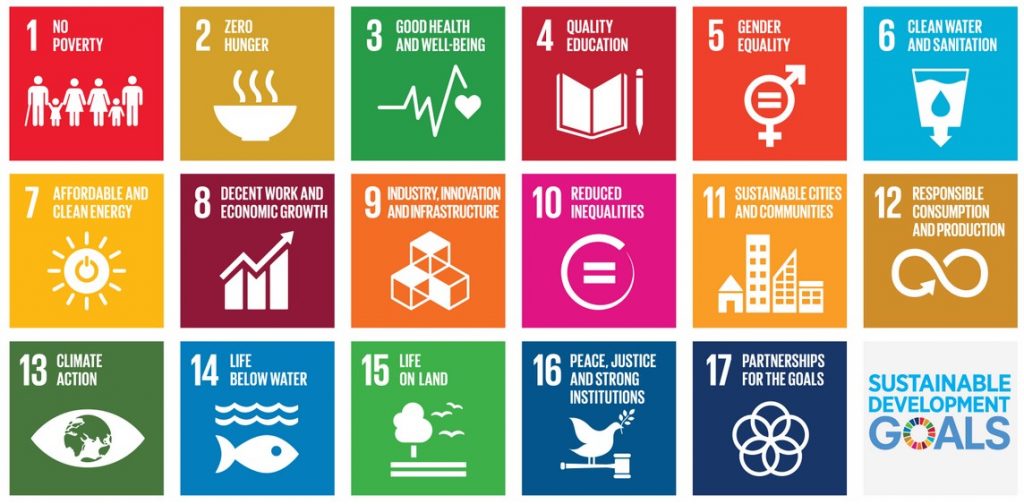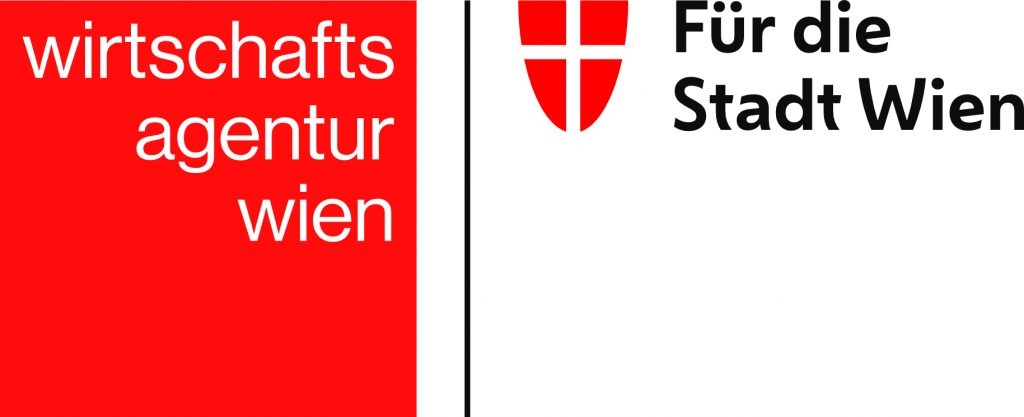
According to the KPMG Survey of Corporate Responsibility Reporting 2017, 4 out of 10 Sustainability Reports produced globally are already based on SDGs. 39% of N100 (top companies in each country) and 43% of G250 (top companies globally) combine their CSR activities with the SDGs. The trend has developed within a very short time and suggests that the SDGs will play an increasingly important role in the reporting of the coming years. (KPMG International (2017): The road ahead.The KPMG Survey of Corporate Responsibility Reporting 2017. //home.kpmg.com/content/dam/kpmg/campaigns/csr/pdf/CSR_Reporting_2017.pdf, p. 4)

What is behind the abbreviation SDG?
At a UN summit in September 2015, the “2030 Agenda for Sustainable Development” was adopted. It should contribute to raising the standard of economic, environmental and social sustainability. All 193 member states of the United Nations committed themselves to implementation at regional, national and international level.
This agenda identified 17 Sustainable Development Goals – the 17 Sustainable Development Goals (SDGs):
These goals are further subdivided into 169 subgoals. The year 2030 is the first big checkpoint for the achievement of goals.
The text of the agenda can be read here: Transformation of our world: the 2030 Agenda for Sustainable Development
Challenges for companies
There are mutual dependencies between the individual goals. Some problems have to be solved simultaneously or the solution of a problem can also contribute to the fulfillment of several goals or conversely affect the fulfillment of another objective.
Responsible for the implementation of the goals are both the individual countries and international forces in interaction. Actors at the state level are just as involved as economic players and other players.
The private sector in particular is called upon to make a contribution:
“Private sector activities, investment and innovation are important engines of productivity, inclusive economic growth and job creation. We recognize the diversity of the private sector, from micro enterprises to cooperatives to multinationals. We urge all companies to use their creativity and innovation to solve the challenges of sustainable development. “(United Nations (2015): Transformation unserer Welt: die Agenda 2030 für nachhaltige Entwicklung. //www.un.org/Depts/german/gv-70/band1/ar70001.pdf, item 67).
What the ESG-Cockpit can do here
The Umweltdaten-Tool enables transparent data collection. It facilitates SDG reporting by automatically suggesting what data should be collected to measure the achievement of SDG goals. Furthermore, calculations and necessary factors are deposited, which also “grow” with the scientific findings and the requirements of the most diverse standards or indicator systems.
You choose which SDG goals you want to achieve. The tool recommends which data should be collected to measure the achievement of objectives and calculates the relevant indicators – e.g. Greenhouse gas emissions for the achievement of SDG 13 targets (climate action measures). You can also document concrete measures and their implementation in the tool. All data is automatically compiled into an SDG report.
If you already or additionally want to report on other standards such as GRI or EMAS, then this will work in the tool – data that is relevant to multiple standards will automatically be correctly mapped and used. It is thus possible to meet more than one standard efficiently!
We would also be happy to advise and inform you personally. Arrange a presentation!

The integration of the Common Good and the Sustainable Development Goals Module were co-funded in the frame of the Innovation programme of Vienna Business Agency.

